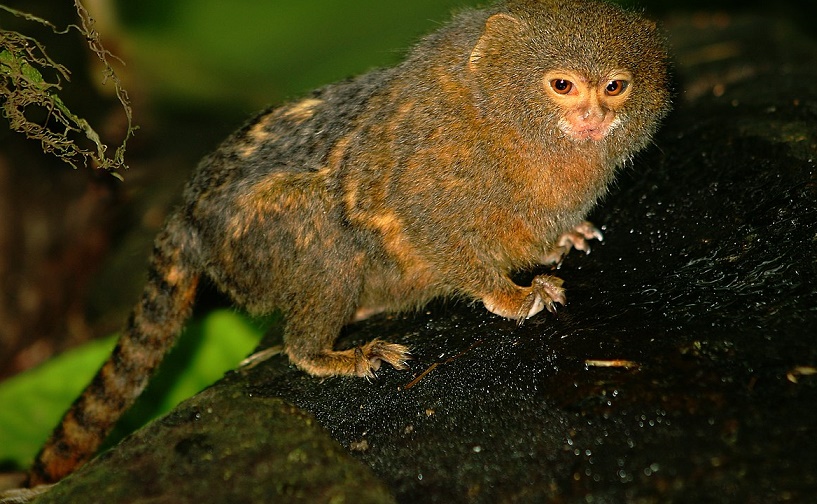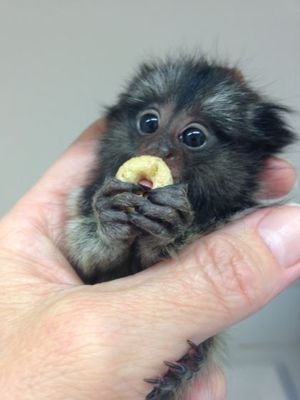Exotic pets have been popular for centuries, but it is only in the last few decades that were owning a wild or exotic animal as a pet has become an attainable goal for people who are not in the highest classes of wealthy society. Today, finger monkeys and sugar gliders are considered to be two of the most popular exotic pets in the world. But which one would be the right fit for you? Let’s take a closer look at these two animals to see which would be the best pet for your home.
Lifespan
Finger monkeys can live for about 15 to 20 years if they are kept in exceptional health and given proper care.
CLICK HERE for best online deals for your pygmy marmoset
Sugar gliders live for slightly less, usually living about 12 to 14 years. In both cases, you must be prepared to commit over a decade of exceptional care for these animals.
CLICK HERE for best online deals for your sugar glider
Both sugar gliders and finger monkeys are instinctively social animals in the wild, and this holds true when they are kept as pets. It is highly recommended for both species that you adopt at least two same-sex animals when they are young to meet their socialization needs.
Size
When finger monkeys are young, they are quite small—only about 5 inches, which is what attracts many people to them. However, once they reach full adulthood, they will have grown to about 12 inches, so you will need to be prepared for this change in size.
Adult sugar gliders grow to about 7 inches, not counting their tails—which usually reach about 6 inches on their own.
Diet
Finger monkeys require a specialized diet to keep them healthy. Their diet is mostly fruits and vegetables, along with some cooked meats like chicken as well as certain types of insects that they would eat in the wild.
Sugar gliders also have a specialized diet that must be carefully regulated to avoid certain kinds of health issues. For example, sugar gliders who have an imbalance of calcium and phosphorus will become paralyzed.
The diet for both sugar gliders and finger monkeys isn’t necessarily expensive, but it is time-consuming because you must be very precise and knowledgeable with what you give them to meet their detailed nutritional needs.
Cage
Finger monkeys require large enclosures with an emphasis on height and toys/accessories to keep them stimulated and physically healthy. Their cage should be fitted with various branches, swings, and other monkey-appropriate toys to keep them occupied when they are in their cage.

Sugar Gliders Cage




